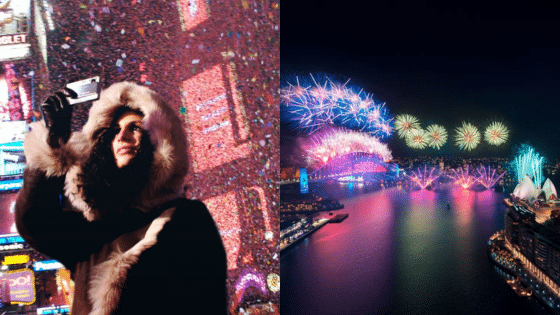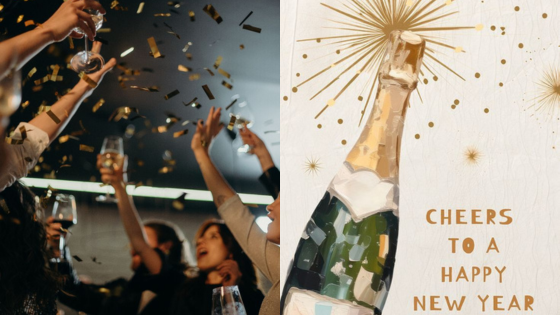Chinese New Year 2026, marking the transition into the Year of the Wood Dragon, is a vibrant celebration rich in history and tradition. You will experience a blend of ancient customs and modern festivities that illuminate the cultural significance of this annual event. The Spring Festival brings families together, honoring ancestral heritage while welcoming new beginnings.
This Lunar New Year, which falls on February 10, 2026, offers a chance to explore various traditions such as family reunions, intricate decorations, and traditional foods. You can expect lively celebrations filled with fireworks, lion dances, and cultural performances, creating an atmosphere of joy and prosperity.
Embrace this opportunity to learn about the diverse ways in which communities around the world celebrate Lunar New Year, showcasing unique customs and evolving practices.

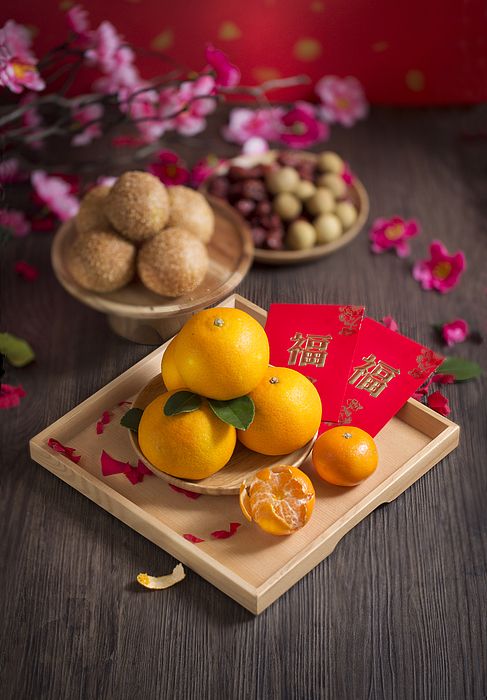
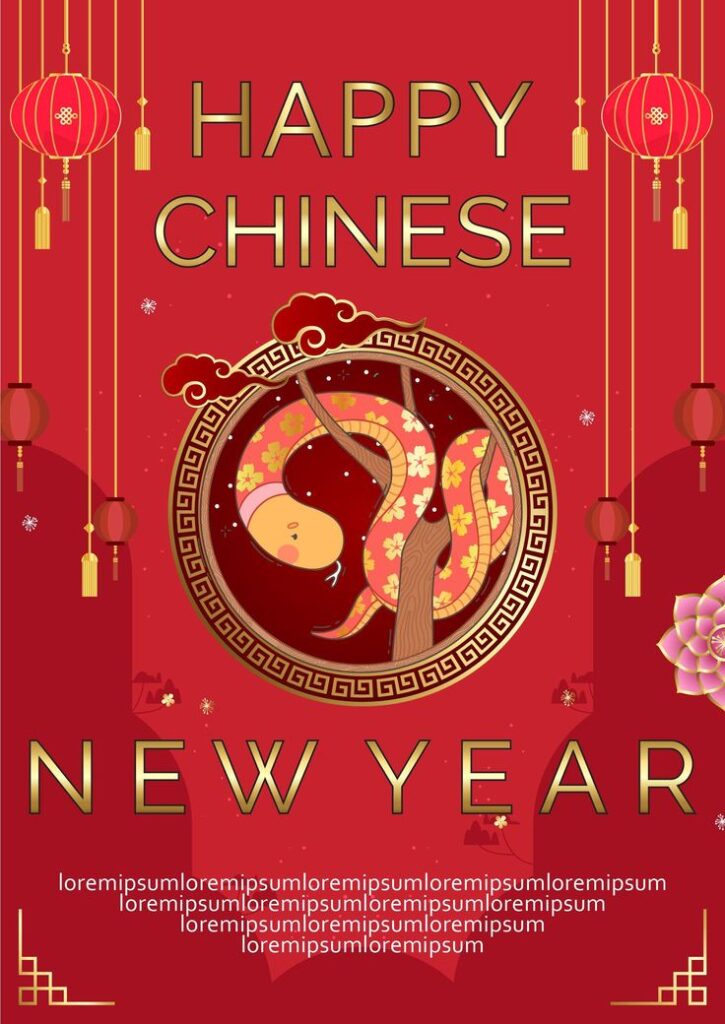
Key Takeaways
- Chinese New Year 2026 welcomes the Year of the Wood Dragon.
- Unique customs and traditions highlight the event’s historical significance.
- Lunar New Year is celebrated worldwide, showcasing cultural diversity.
History and Significance
The history and significance of Chinese New Year are deeply rooted in ancient traditions, cultural beliefs, and the lunar calendar. It marks the arrival of spring and a time for honoring ancestors and celebrating new beginnings.
Origins of the Chinese New Year
Chinese New Year, also known as the Spring Festival, is celebrated for centuries. Its origins trace back to ancient agrarian societies in China that sought to celebrate the end of winter and the return of spring.
Legends play a crucial role in its evolution. One popular tale features a beast called Nian, which would terrorize villages. To scare away Nian, families would make loud noises, set off fireworks, and hang red decorations.
These practices gradually transformed into the festive customs observed today, emphasizing family reunions, feasting, and honoring ancestors. Families come together to share meals and pay respect to those who came before them.
The Zodiac and the Wood Dragon
The Chinese Zodiac consists of twelve animals, each representing specific traits and characteristics. The Year of the Dragon is often viewed as the most auspicious year, symbolizing power, strength, and good fortune.
In 2026, the element associated with the Year of the Dragon is Wood. This combination enhances growth, vitality, and creativity. People born in this year are believed to be ambitious, assertive, and charismatic.
During this time, individuals often reflect on their aspirations and set intentions for the year. The Zodiac’s significance brings a sense of identity and cultural continuity, making it an integral part of the New Year celebration.

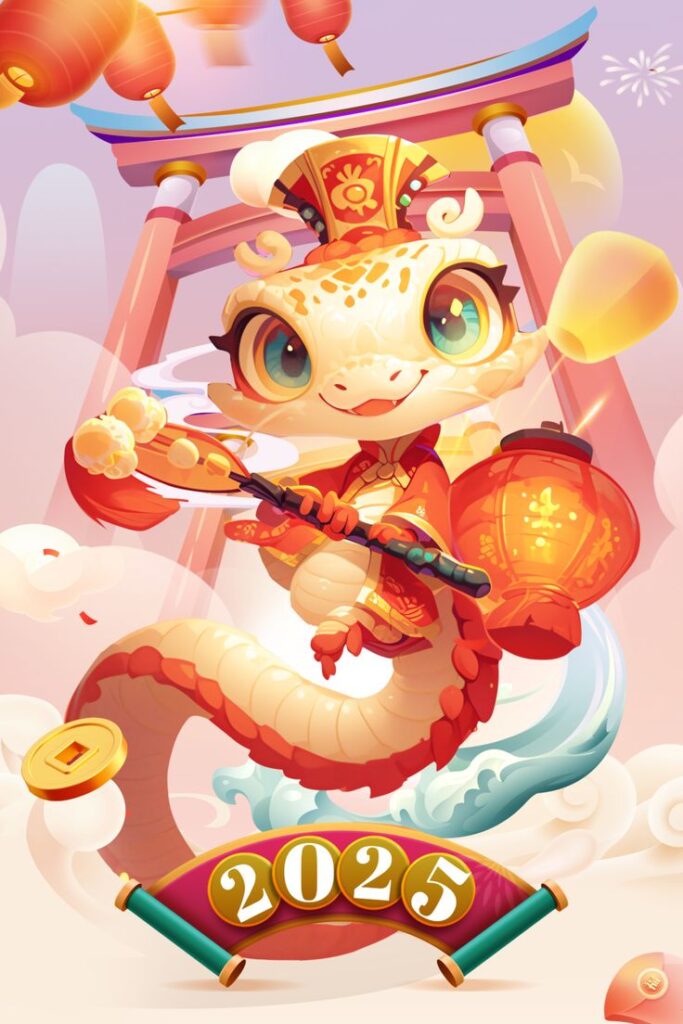

Key Traditions and Activities
Chinese New Year is marked by rich traditions and vibrant activities that bring communities together. These customs often reflect values of family, prosperity, and good fortune.
Symbolic Foods and Dishes
During Chinese New Year, specific foods carry significant meanings. Dumplings (Jiaozi) symbolize wealth due to their resemblance to ancient currency. Consuming them is believed to usher in prosperity for the year ahead.
Rice cakes (Nian Gao) signify progress and growth. Their sticky texture is thought to bind families together for the coming year.
Spring rolls are enjoyed for their golden appearance, reminiscent of wealth.
Additionally, families might prepare fish to represent abundance, as the term for fish (鱼, yú) sounds like “surplus” in Mandarin. Enjoying these dishes is central to the New Year celebrations.
Dragon and Lion Dances
The Dragon and Lion Dances are essential components of the celebration. These performances are not merely entertaining; they are meant to bring good fortune and scare away evil spirits.
The Dragon Dance, characterized by its flowing, colorful dragon figure, requires several performers to manipulate the dragon’s body, creating an illusion of movement.
Similarly, the Lion Dance involves dancers mimicking a lion’s movements. The lion costume adds to the spectacle with vibrant colors.
Both dances are often accompanied by loud music and firecrackers, enhancing the festive atmosphere while warding off negative influences.
Red Envelopes and Decorations
Red envelopes (Hongbao) are a notable tradition during the New Year. Typically containing cash, they are given to children and younger family members as a symbol of good luck and prosperity. The act of gifting these envelopes is thought to transfer wishes for a successful year.
Decorations also play a vital role in welcoming the New Year. Homes are adorned with red posters inscribed with blessings and phrases that wish for health and happiness.
Lanterns and other red ornaments further brighten households, aligning with the belief that red brings good fortune. These elements create a warm and inviting environment for family gatherings and celebrations.
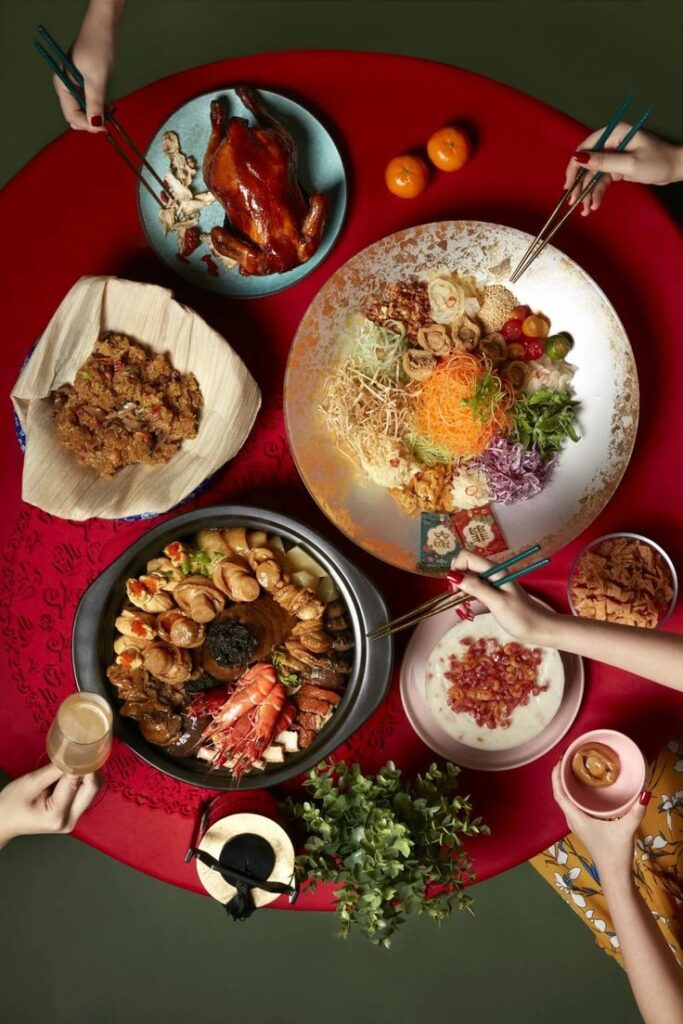

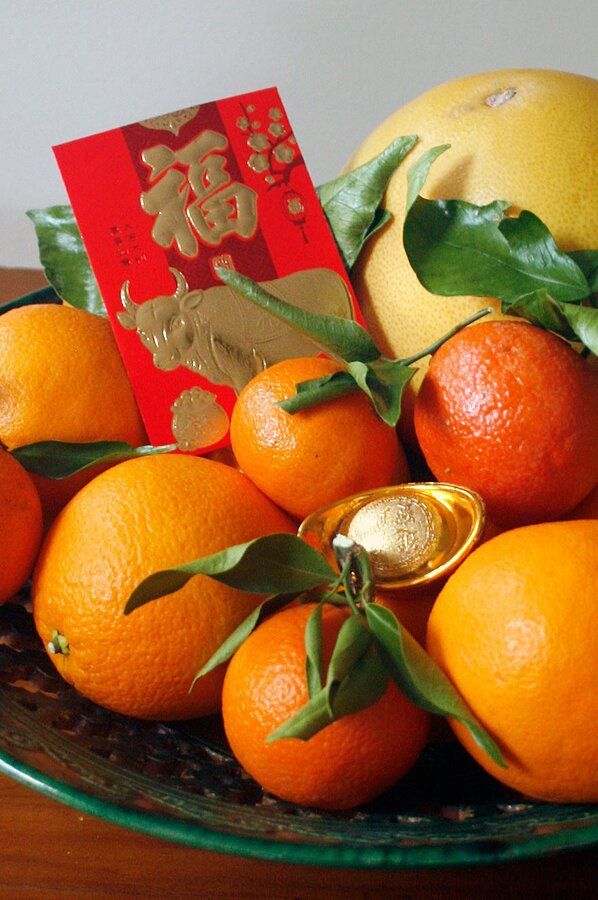
Modern Celebrations Worldwide
Chinese New Year is celebrated globally, with vibrant traditions reflecting local cultures. The festivities differ in East Asian countries and among communities in the West, showcasing a blend of ancient customs and modern influences.
Celebrations in East Asia
In East Asia, Chinese New Year is a significant public holiday. Countries like China, Singapore, Malaysia, and Vietnam jointly partake in various festivities.
- China: Major cities host parades featuring dragon dances and fireworks. Families gather for reunion dinners, emphasizing the importance of kinship.
- Malaysia and Singapore: Colorful street fairs and cultural performances occur, showcasing food stalls and traditional arts.
- Vietnam: Tết Nguyên Đán is celebrated with family gatherings, and the exchange of lucky money (li xi) is common.
Other countries such as Indonesia and Thailand also hold celebrations, with temples hosting traditional ceremonies. In Cambodia and the Philippines, islands and regions with Chinese heritage join in, enhancing the holiday’s rich diversity.
Chinese New Year in the West
In Western countries, Chinese New Year celebrations are marked by community events and cultural showcases. Many regions have established their own unique customs.
- Chinatown: Major cities like New York, San Francisco, and London celebrate with parades, showcasing traditional costumes and lion dances.
- Public Events: Local governments often declare public holidays, allowing for family gatherings and cultural exhibitions.
- Culinary Traditions: Restaurants feature special menus, including traditional dishes like dumplings and fish, symbolizing prosperity.
Festivals also include cultural performances, workshops, and exhibitions aimed at educating non-Chinese communities about the significance of the holiday. The celebrations foster appreciation and understanding, bridging cultural gaps across various societies.
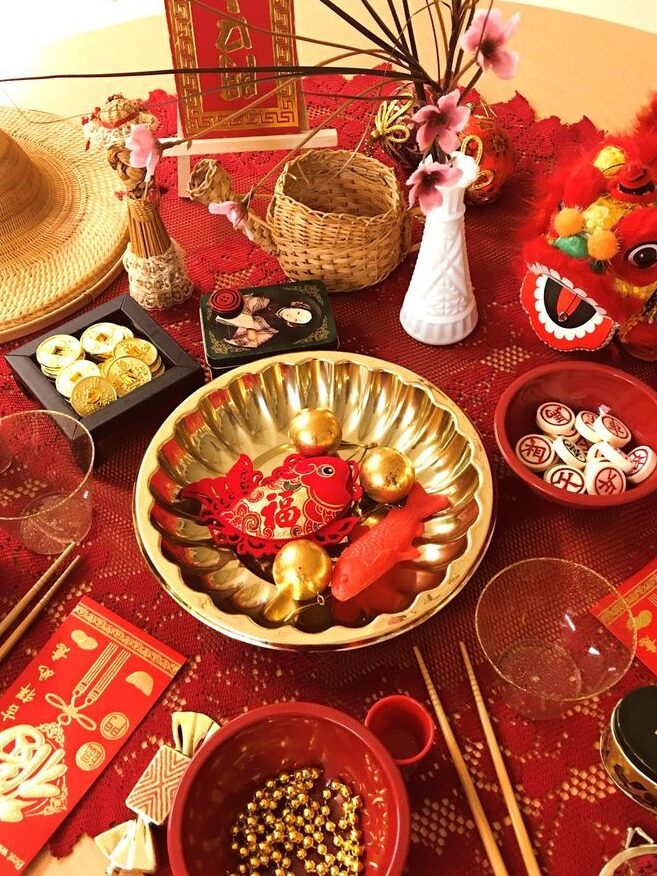


Dates and the Lunar Calendar
Chinese New Year in 2026 falls on February 10. This date marks the beginning of the Lunar Year, which is determined by the Chinese Lunar Calendar.
The Chinese calendar is a lunisolar calendar. It combines both lunar and solar elements. Each month starts with the new moon, and a year typically contains 12 lunar months.
Occasionally, a leap month is added to align the lunar year with the solar year. This adjustment keeps the seasons and festivals in sync.
Chinese New Year celebrations typically last for 15 days. They culminate with the Lantern Festival. During this period, various traditions and customs are observed, emphasizing family reunions and cultural heritage.
Understanding these dates can enhance your experience of the festivities. The Lunar Calendar plays a vital role in determining the timing of the celebrations. Knowing how the calendar works helps you appreciate this significant cultural event more deeply.
- 50shares
- Facebook0
- Pinterest50
- Twitter0
